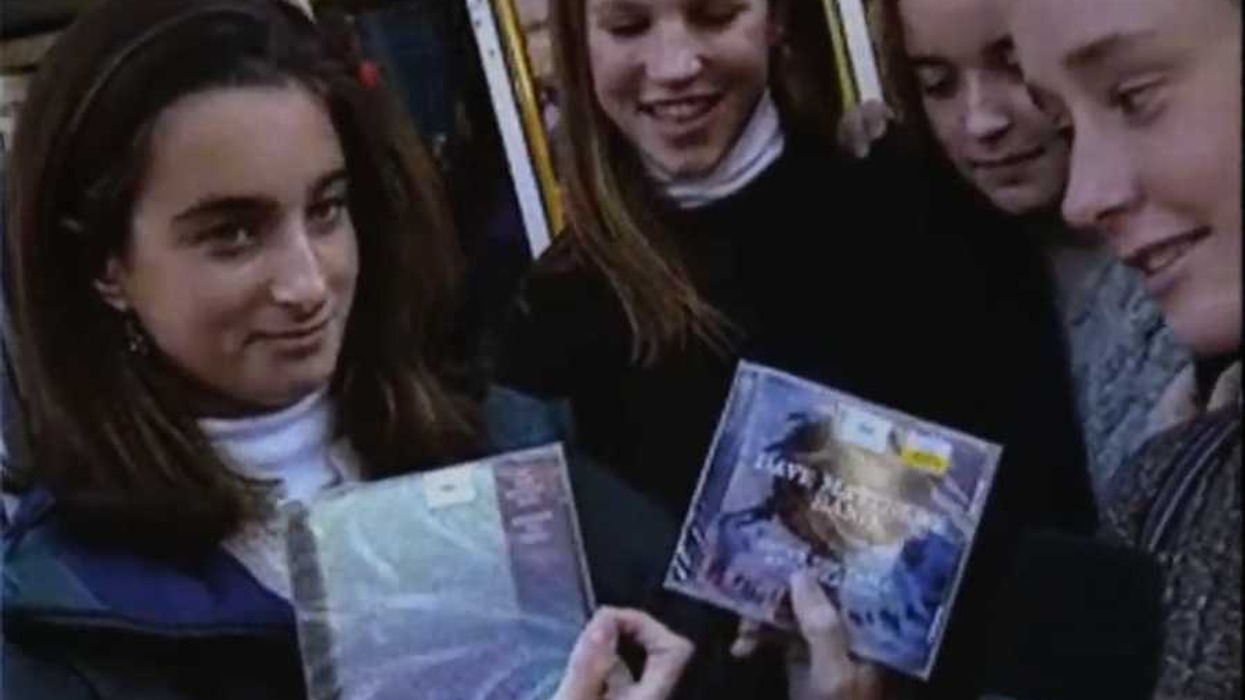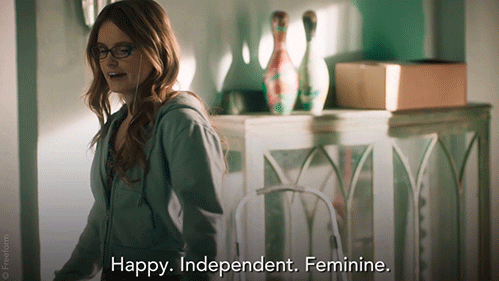We’ve all been there: lost in a corn maze of identical-seeming produce, hopelessly wishing for the Platonic ideal of any given fruit or vegetable. We’re all just looking for the peach of our youth, eaten quickly behind a tree and feeling almost illicit as it dripped down our sunburnt arms. You deserve a head of broccoli that doesn’t taste like it’s been shipped across 10 states over the course of last week.
Don’t settle for the mealy or mediocre: GOOD Food is here with easy, practical advice about how to navigate the endless array of edible options like a pro. This week, as tomato season rushes towards us full-throttle, we’re guiding you towards the tomato of your late-summer-night dreams.
1. Be shallow.
One of my most high-anxiety tasks as an intern for one of the web’s most beloved recipe websites was to pick produce at the Union Square Greenmarket that would be used in photo shoots. You think making salad for your friends is stressful? Try making salad look perfect for hundreds of thousands of readers.
The first time I was sent to pick tomatoes, I used the reasoning of a jewel thief: pick the biggest, prettiest tomatoes. As in, the reddest, juiciest, plumpest tomatoes you can find. If they look worthy of a Gourmet photoshoot (RIP), chances are they’ll taste good, too. Just ask my old coworkers, who were so enthralled with my red rubies of the earth that most of them made me go back to place a second order—for their dinner tables.
2. Follow your nose.
Tomatoes should smell phenomenal—specifically, woody and sweet, like moss you’d want to put in your mouth. If they don’t smell like anything, they’re not going to taste like much.
If you’re not in a farmer’s market, heirloom-mater situation, buy cherry tomatoes or tomatoes on the vine. Both tend to retain flavor, firmness and aroma. Feel free to smell and compare—it may look a little creepy, but it works.
3. Don’t be cool.
Stay well away from the refrigerated section—tomatoes weren’t meant to be chilled; they’ll be mealy and grainy. Ditto for storing your plump red prizes; keep them on the counter, not in the fridge.
4. Weigh your options.
Tomatoes should feel heavy in your palm (unless you’re buying cherry or on-the-vine tomatoes—in which case, don’t take them out one by one and put your grimy fingers on them, everyone will hate you). Think somewhere between a baseball and a medium-sized stone; you want them to have heft. However, with a light squeeze, they should be slightly supple to the touch—not mushy (unless you’re making sauce), but not rock-hard.
5. Buy now, and buy here.
Tomatoes are in season from June until September—with the perfect peak in late August and early fall. (Don’t expect to buy great tomatoes from October to May.)
They’re also one fruit that pays off to buy local. Recent concerns that tomatoes from Mexico are unsafe may be unfounded, but the U.S. is the top producer of tomatoes, with the biggest yields coming out of Florida and California (no surprises here) and some of the best out of New Jersey (perhaps more surprising!)
If you know you’re going to be craving tomatoes all year long—and I don’t blame you—your best bet is to can and confit your summer stash and store them in your freezer, or else stick with the smaller varieties grown in greenhouses nearby.

















 Image artifacts (diffraction spikes and vertical streaks) appearing in a CCD image of a major solar flare due to the excess incident radiation
Image artifacts (diffraction spikes and vertical streaks) appearing in a CCD image of a major solar flare due to the excess incident radiation

 Ladder leads out of darkness.Photo credit
Ladder leads out of darkness.Photo credit  Woman's reflection in shadow.Photo credit
Woman's reflection in shadow.Photo credit  Young woman frazzled.Photo credit
Young woman frazzled.Photo credit 
 A woman looks out on the waterCanva
A woman looks out on the waterCanva A couple sits in uncomfortable silenceCanva
A couple sits in uncomfortable silenceCanva Gif of woman saying "I won't be bound to any man." via
Gif of woman saying "I won't be bound to any man." via  Woman working late at nightCanva
Woman working late at nightCanva Gif of woman saying "Happy. Independent. Feminine." via
Gif of woman saying "Happy. Independent. Feminine." via 
 Yonaguni Monument, as seen from the south of the formation.
Yonaguni Monument, as seen from the south of the formation. 
